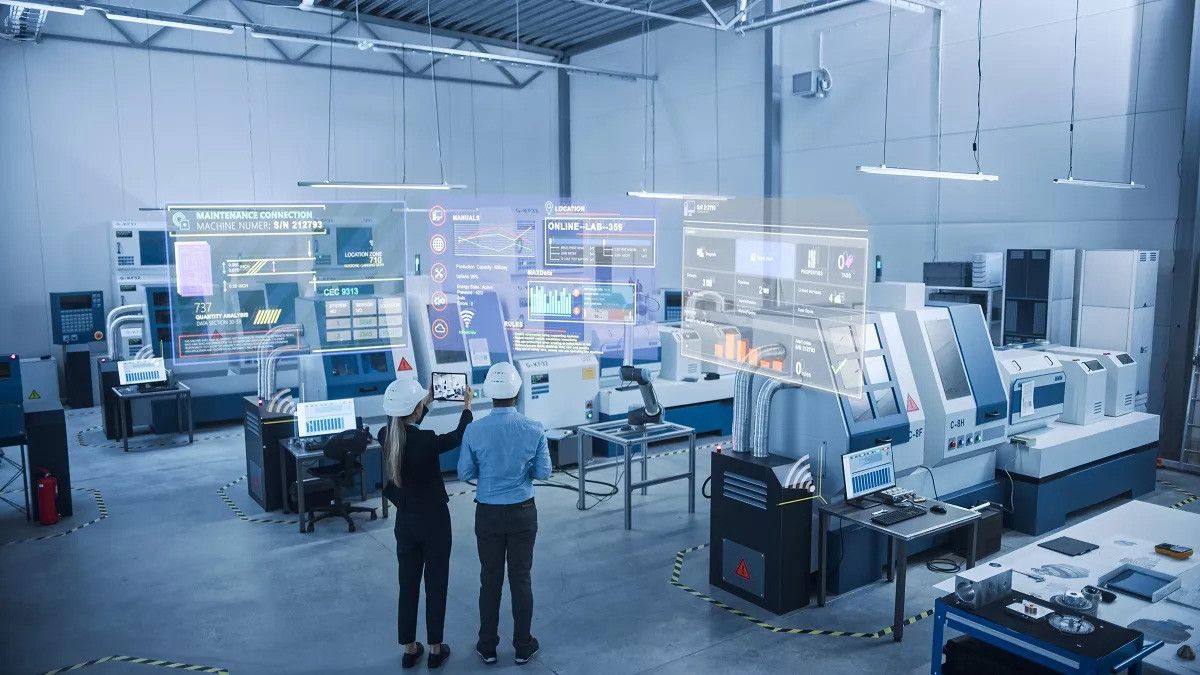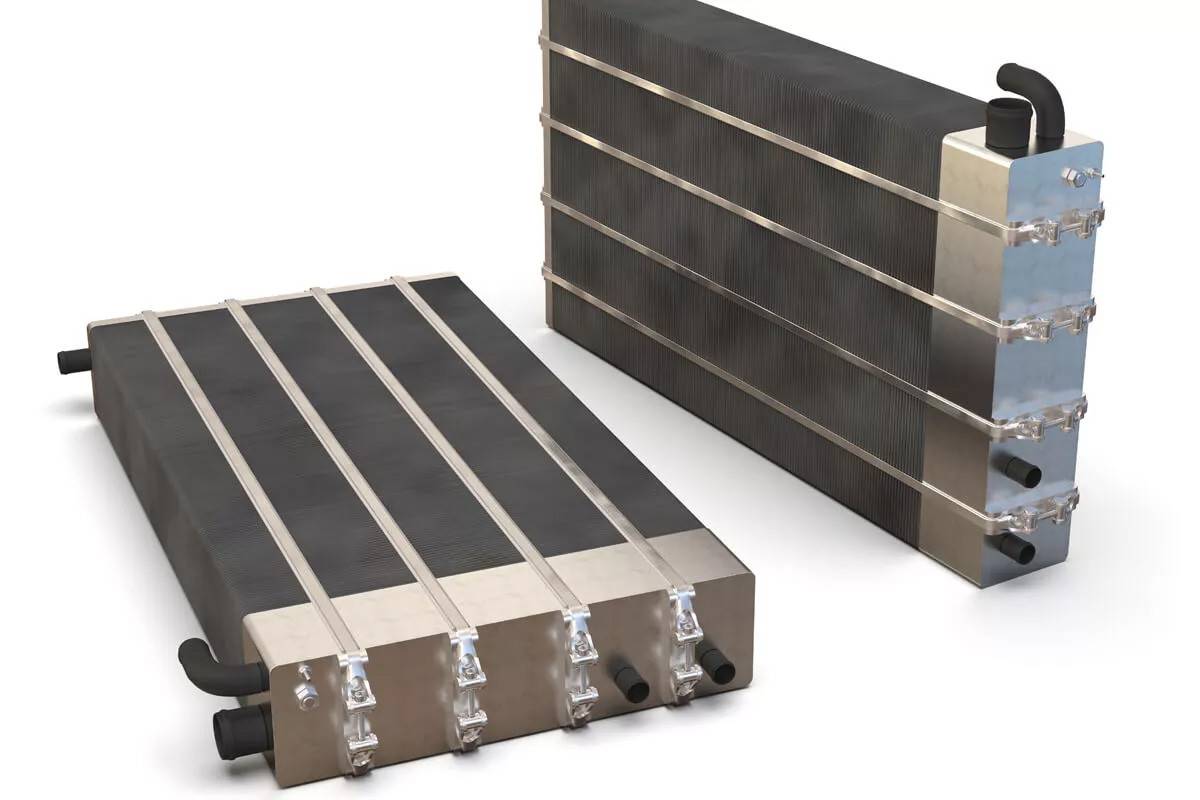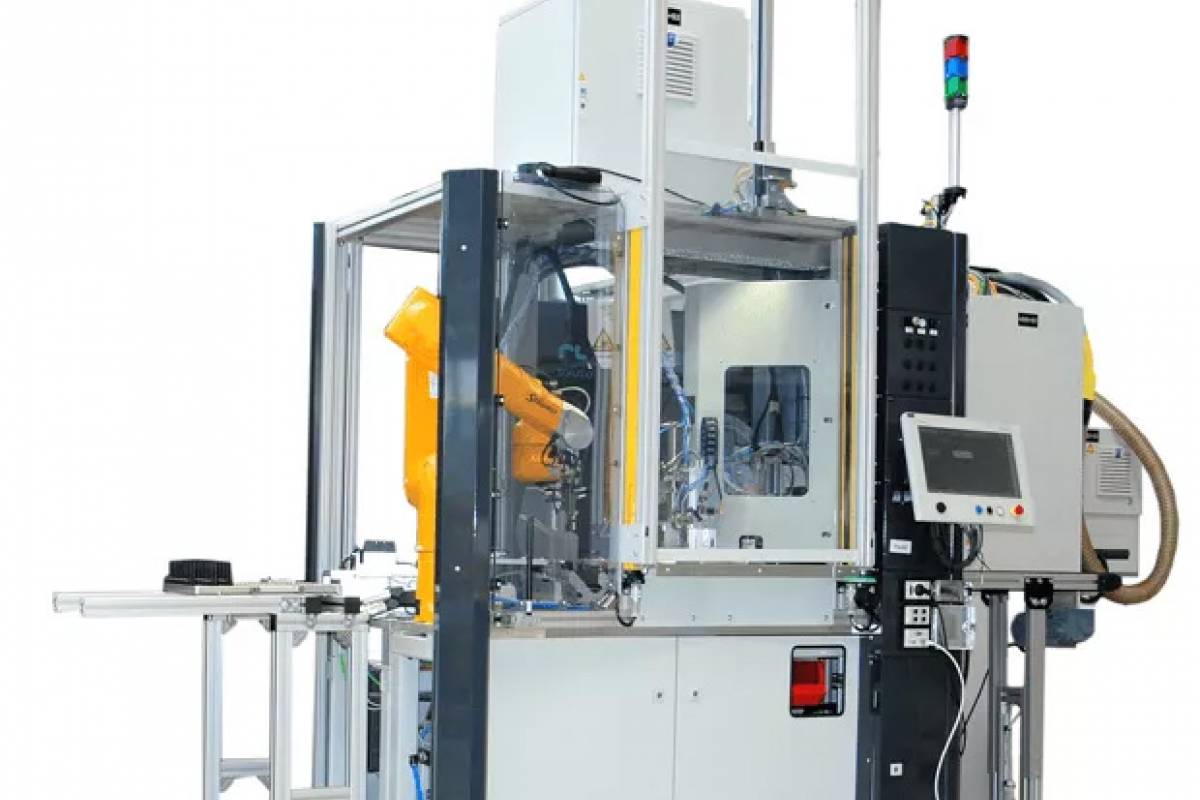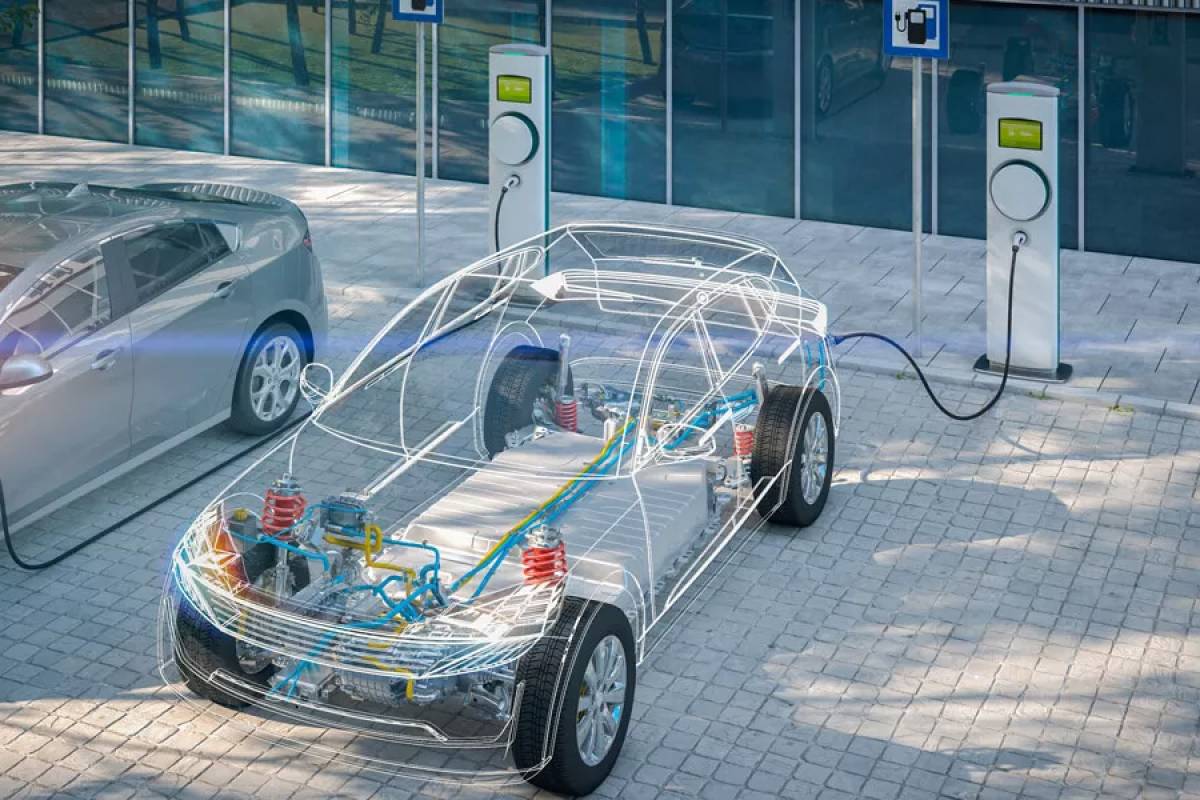
>> Learning is like rowing against the current. If you stop, you drift backwards. << Laozi
This aphorism, which originated in the 4th century BC, naturally applies not only to private individuals, especially in our fast-moving times, but also to companies, communities and entire economies. Today, we are on the brink of another industrial revolution. This is why the most important project of the Federal Ministry for Economic Affairs and Energy (BMWi) is the digital networking of the manufacturing industry, known as Industry 4.0.
Data will become a new source of added value, perhaps even the oil of the 21st century. Complex networked factories will emerge, so-called cyber-physical systems, machines, storage systems and equipment that control themselves or each other, change over to other products or even maintain and repair themselves.
But what exactly are these cyber-physical systems? What impact will this have on companies and, in particular, on people and industrial work itself? Will there be factories without people in the future?
We want to get to the bottom of these questions in this blog post.
Industry 4.0 - definition
The term Industry 4.0 is intended to describe two basic facts.
Firstly, it should be made clear that the developments in the coming years will represent a fourth industrial revolution . In addition, the version number (4.0) shows that it is mainly driven by information technology. First, let's take a look at past industrial revolutions.
The first industrial revolution began around 1750 with the development of the steam engine. Industrialization was made possible on the basis of these manufactured working and power machines and made a major contribution to the fact that famines have since ceased to occur in industrialized countries. This resulted in enormous population growth and the urbanization of society.
The second industrial revolution began around 1870 with the discovery of electrical energy and the development of electrical machines and drives. This is often referred to as an organization-driven revolution based on assembly line production and Taylorism. However, electricity played a more significant role, as electric generators and motors enabled the decentralization of power generators and consumers, and central power machines were no longer needed in every factory. This made large-scale industrial mass production possible and, above all, rapidly advanced it in the automotive and mechanical engineering sectors and in the electrical and chemical industries.
After an interruption in technological progress due to two world wars and the focus on war-related industries, the third industrial revolution continued around 1960. This was primarily influenced by electronics and information and communication technology, which enabled the automation of many production processes and thus laid the foundations for modern, multi-variant series production. After the economic miracle years of the 60s and 70s, many markets were saturated. It was no longer just a question of production; customers' wishes were becoming increasingly individualized. More and more attention was paid to quality and selectivity, and series production with many variants became increasingly important.
In the course of the fourth industrial revolution, individualization is being further simplified by the networking of existing systems and the development of cyber-physical systems. Companies have to become more and more flexible and launch different variants, sometimes even personalized OEM products, in order to remain competitive. Sales volumes are becoming increasingly difficult to forecast, but customers are demanding ever shorter delivery times, and solutions need to be found for this.
Cyber-physical systems
If several automated systems are networked (e.g. via the Internet) so that they can exchange information with each other, a cyber-physical system is created.
Cyber-physical systems are therefore systems with embedded software that have sensors and actuators, evaluate and store the collected data and, what distinguishes them from "normal" automation systems, are connected to each other and worldwide with communication devices. They should also use data and services that are available worldwide (Internet) and have human-machine interfaces.
This creates intelligent equipment that communicates with each other, exchanges data and, if necessary, finds solutions to any problems independently .
Cyber-physical systems enable decentralized, enormously responsive and context-dependent production and logistics control, the increased use of decentralized sensor information, as well as situation-dependent, local control loops that safeguard decision-making alternatives (e.g. with the help of virtual models of the physical world).
Machine-to-machine communication (M2M)
The basic prerequisite for a successful start to Industry 4.0 is machine-to-machine communication (M2M for short). M2M stands for the automated exchange of information between technical systems or coupled via a central location. This links information technology with communication technology and creates the so-called "Internet of Things".
The development of M2M solutions is very complex, as a large number of different technologies and system components have to be mastered.
In addition to embedded systems with sensors, actuators, etc., an M2M solution includes a communication component that makes it possible to transmit the sensor values to an evaluation system (e.g. mobile radio).
The evaluation system checks the values, compares them with specified target values, for example, and alerts downstream systems in the event of a problem.
A distinction can be made between four areas in which M2M communication will have an ever greater impact:
The first area includes business-to-business solutions. This includes applications from industrial automation (mechanical engineering, control technology, automation technology), as well as applications in the transportation and logistics industry or intelligent energy supply.
M2M is also having an increasing influence on consumer-oriented applications, as can be seen from the progressive connection of consumer electronics to the Internet. There are also interesting opportunities in home and apartment monitoring and control, as well as in healthcare (e.g. long-term monitoring of people at risk of illness).
The third area involves the efficient use of natural resources and the impact on the environment and climate, as business-to-business solutions generally lead to process optimization, which in turn means less energy, time and resources are required .
The fourth, very important, but difficult to predict area is the innovation potential that arises from uncomplicated access to M2M data networks.
Work in Industry 4.0
Basically, two different scenarios arise. In the first, the working environment of today's factory worker will become much more pleasant, monotonous or physically demanding tasks will be increasingly taken over by machines, and employment will become much more varied and challenging. In the second scenario, employees will be monitored more and more perfectly and will require neither skills nor competencies. Both paths are possible, and both will certainly be implemented differently from company to company or location to location.
In a third view, man and machine grow even closer together. The robotics of the future will be intelligent and capable of learning, equipped with so-called artificial neural networks (ANN). Using intelligent sensors, it will be able to communicate with humans, avoid them or support them with assembly skills with the help of bionic arms.
The technology of the future will be more complex and adaptive; it will be able to adjust easily to changing boundary conditions, changes in sales or human intervention. It will have to learn to understand people, just as people learn to understand technology, and in the simplest and most intuitive way possible.
In the factories of the future, machines must therefore be able to receive and process sensory feedback from humans, from acoustic signals in the form of speech to thoughts. On the other hand, machines must be able to communicate data to humans or visualize it in a user-friendly way.
The increasing complexity of industrial value creation is giving rise to new forms of work organization; further training opportunities and lifelong learning are becoming more important than they have ever been.
Conclusion
Technology in itself is neither "good" nor "bad". The impact on the world of work resulting from the technological developments of the coming years depends primarily on the decisions made by companies.
Industry 4.0 is not a purely technical project, but a complex, interdisciplinary one that must be viewed from a wide variety of perspectives. Specialists will need further training to understand the language of the machines, while technicians will need a huge amount of expertise to repair such complex systems when they come to a standstill.
The innovative strength of engineers will become a decisive competitive factor in the future, and companies with excellent resources for research and development will prevail.
The concepts of Industry 4.0 offer enormous opportunities for companies.
It will be possible to produce much more flexibly in the future, meaning that significantly more variants of manufactured products will be possible. In addition, increasing automation and networking will enable resources to be used much more efficiently. Experts expect an annual increase in efficiency of 3.3% in Germany by 2020 and around 50 billion networked devices worldwide.


